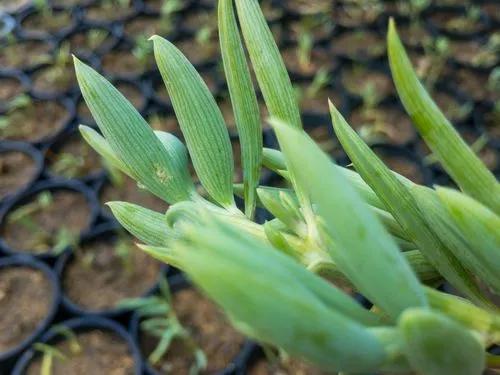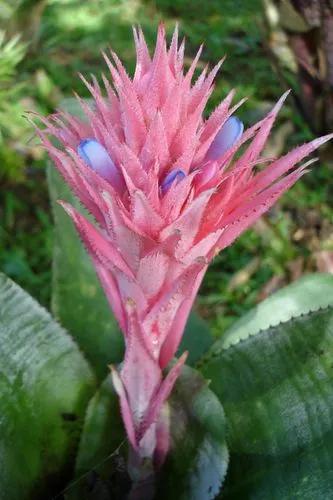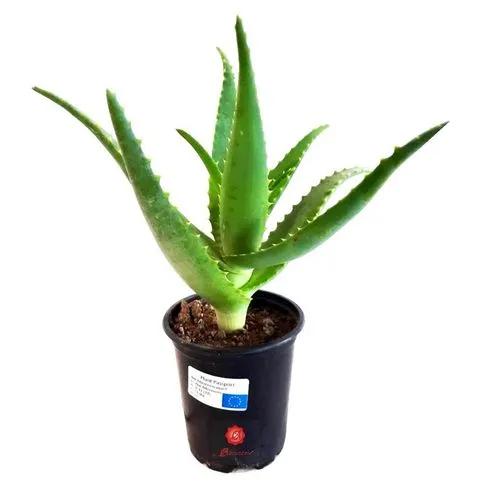Hoya polyneura is a vining epiphytic plant in the dogbane family Apocynaceae. It has attractive waxy foliage. Native to the Himalayas and China, it makes an easy houseplant, ideally suited for pots or a hanging basket. The inflorescence is made up of multiple flowers, hanging or more upright, grouped in an umbel. The flowers are creamy yellow with red centers. They are star-shaped, and are borne in clusters that look like they are made of wax. The flower's surface has a smooth appearance without the tiny hairs seen in many other Hoya. They are heavily scented. Like all species of Hoya, H. polyneura flowers from spurs. These appear from the axils of the leaves and stem; flowers may not be produced when the spurs first appear, but in time buds emerge from the tips. Each season new flowers are produced on these same spurs, so they should not be damaged or removed.
Hoya Polyneura Care
Hoya Polyneura Hook.fil.



How to Care for the Plant

Water

In most conditions, you’ll water this Hoya about every two weeks in the warm months. In the colder months, you’ll only need to water it about every three to four weeks.

Pruning

Snip the vine off just below a node at a length slightly shorter than your desired length. Remove no more than one-third of the plant's foliage at any one time. The plant branches and puts on new growth from this point. New flower spurs grow on the vines that develop after pruning, resulting in more flowers.

Fertilizer

You want to fertilize this plant about every two weeks during the warm months. When the cold months hit, you can skip the fertilizing process.

Sunlight

A Hoya polyneura needs bright but indirect light. This plant needs less water than most but moisture is still an important element.

Soil

The Hoya polyneura plant needs well-draining water. As we'll discuss later, this plant is susceptible to over-watering.

Temperature

A Hoya polyneura plant needs to be in temperatures ranging from 45F (7C) to 75F (24C). Never let frost form on this plant. According to the University of Florida, the leaves are so thin, frost will burn right through them.

Additional

The Hoya polyneura plant isn't toxic. So, if you catch your cat chewing on the leaves you don't need to panic. Your pets will be fine!

Popularity

75 people already have this plant 17 people have added this plant to their wishlists
Discover more plants with the list below
Popular articles






